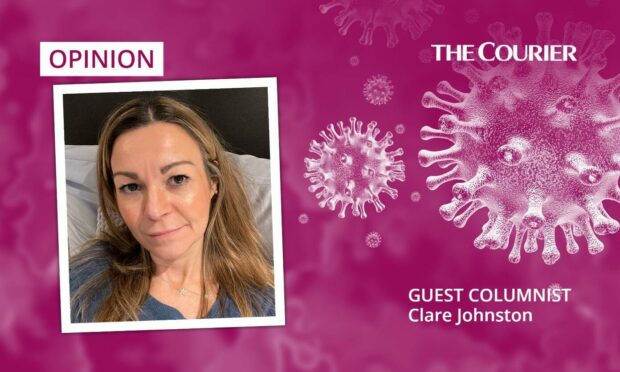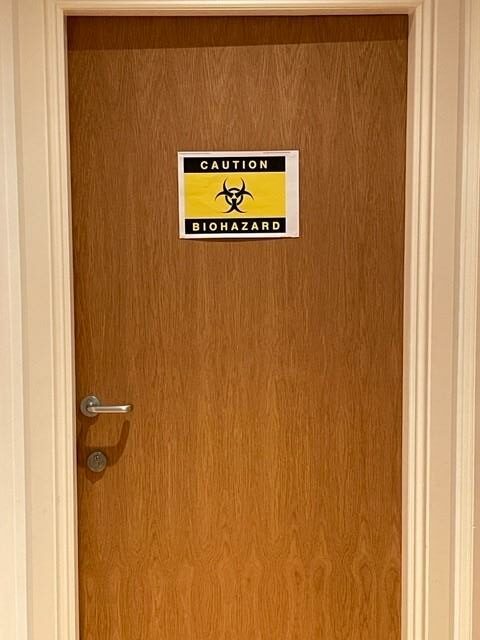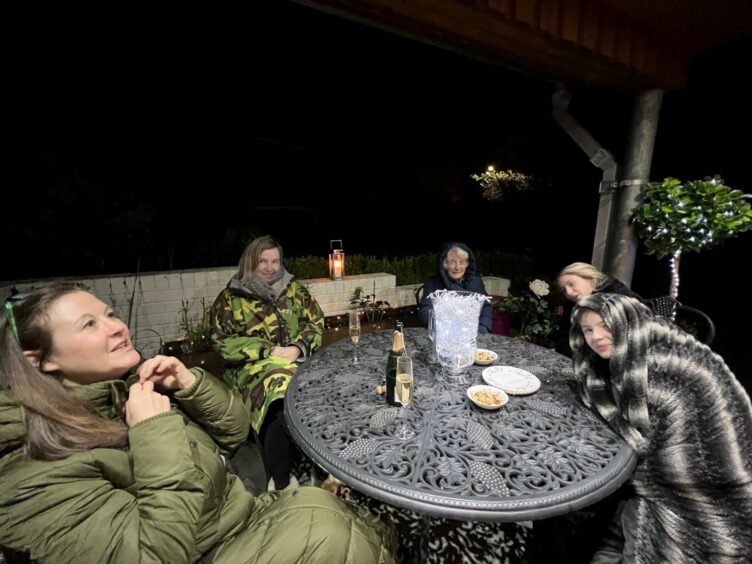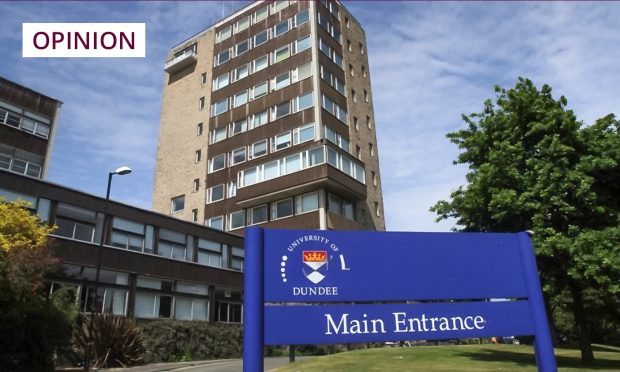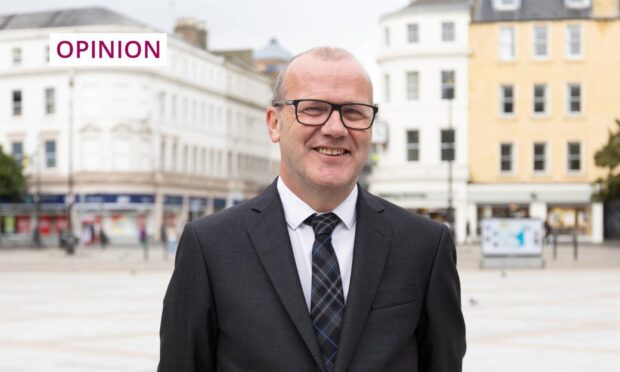Omicron wiped my Covid smugness off my face and left me in no doubt as to its potential to cause harm.
Only three weeks ago I was crowing to whoever would listen that I had unknowingly been sitting next to a lady for two hours at a charity event who tested positive for Covid the very next day.
Two women sitting to her right tested positive and I (on her left) tested negative.
“Some people might just never get it,” I mused, revelling in the thought that was probably me.
I sent a text to my sister – who lives in London and has had Covid twice – complete with a couple of strong arm emojis to emphasise the point that I had stared the virus down.
She replied that it likely saw me as an inhospitable host. You’ve got to love sisters.
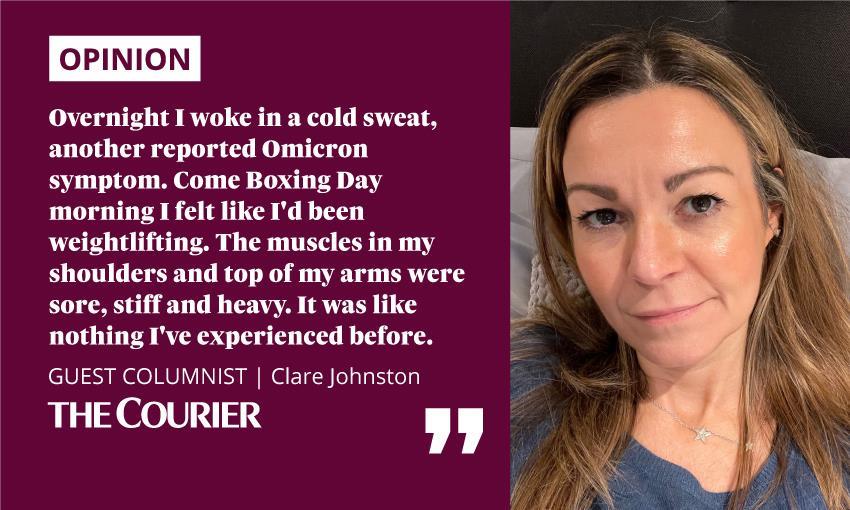
Whatever the reason I escaped it that day. And for the next two weeks I felt Covid-invincible – until I wasn’t.
And talk about timing.
It was December 23. My sister and her family had just arrived up for Christmas and were staying with my mum and dad who live right next door.
We had all spent the evening together, delighted to finally all be able to gather for the festive period after it had been so cruelly disrupted by Covid last year.
Then my husband started feeling unwell and tested positive.
Soon my youngest son and I were experiencing a scratchy feeling in our throats which we were constantly clearing.
By Christmas Day we were positive too.
Omicron moves fast – and knocked me flat
The Center for Disease Control in the US (CDC) believes Omicron has a shorter gestation period than previous variants – around 72 hours.
Our experience supports the suggestion that it moves fast.
Why did I think it was Omicron? Our symptoms were classic.
With the original variants, the most common signs were fever, loss of taste or smell, and a continuous cough.
But doctors are reporting Omicron patients are less likely to experience that classic trio of symptoms.
Instead, look out for fatigue and tiredness along with congestion, sore throat, cough, body aches and headaches.
So I’ve tested positive for covid 🙁 Symptoms are those of a cold – sore throat, sniffly, fatigue. No loss of taste and smell, continuous cough or fever. Most people I know with what I suspect is omicron are the same. If you have a cold it’s probably covid. Headache v common too.
— Clare Johnston (@ClareS_J) December 27, 2021
On Christmas Day I woke up with what felt like the hangover from hell.
I had a bad headache and felt sick. I also felt like a storm was coming – and it did, that night when I was hit by a wave of body aches, muscle spasms (in one of my toes, bizarrely) and shivers.
Overnight I woke in a cold sweat, another reported Omicron symptom.
Come Boxing Day morning I felt like I’d been weightlifting. The muscles in my shoulders and top of my arms were sore, stiff and heavy. It was like nothing I’ve experienced before.
Because of a lack of data, the UK government has yet to update or add to those three core symptoms listed on its site for booking a free PCR test.
Having had a positive lateral flow, I ignored the advice and went ahead anyway.
Sure enough the PCR came back positive on December 27.
By now I was experiencing heavy congestion as the virus made its way into my sinuses, along with extreme fatigue.
I say extreme because at times in the day I would feel as if I was lying under a heavily weighted blanket.
Curiously, other times I’d feel not too bad and it became a running joke that I’d announce, ‘I’ve turned a corner,’ only to find myself right back at my starting point again.
I kept telling myself that I had been for the booster (just a week before falling ill) and that this would be a mild, brief illness.
After all, that’s how it was being portrayed in some parts of the press and on social media.
‘Mild symptoms’ are not just a sniffle
I Googled ‘Omicron symptoms’, ‘how long does Omicron last?’, and every other search variable around omicron to give me some pointers as to when this would end.
Then I read an interview with the South African doctor, Dr Angelique Coetzee, who first raised the alarm over Omicron.
In it, she talked about her ‘patient zero’, a young man in his early thirties who came to her complaining of extreme fatigue and body aches which he’d been experiencing for days.
“Omicron is not mild… that narrative that is out there is dangerous and it’s deadly”
The WHO’s Dr Maria Van Kerkhove says increasing cases will mean more people in hospital. Hear more on #BBCNewscast 🎧 https://t.co/tekRC3N88Y pic.twitter.com/NHCaUWB6A9
— BBC Sounds (@BBCSounds) January 5, 2022
And that’s when it dawned on me that just because doctors describe Omicron symptoms as being mainly mild, it doesn’t mean it’s just a cold.
By mild they mean that in most cases patients will not require medical treatment.
Still struggling with Omicron a fortnight on
At no point in my illness would I have even needed to consult a doctor. It was all treatable with self care.
But the disruption to my every day life was way more than a common virus.
I struggled with sinusitis and exhaustion for more than a week. And now, nearly two weeks on, I’m not quite back to full strength though I am able to work again.
It was the strangest of Christmas weeks, trying to will myself well enough to go downstairs and talk to my mum and dad, and my sister and her family through our glass patio doors.
They wrapped up in their winter warmers and sat outside with their glasses of wine, attempting to have some sort of festive gathering.
But the tiredness meant we weren’t much company – and shouting through the glass wasn’t really working for us.
Research by the UK Health Security Agency suggests patients with Omicron are between 50 and 70% less likely to require hospital treatment than previous variants.
That’s something. But this is still a nasty, highly-transmissible virus – and in many cases, it’s not ‘just a cold’.
My eldest son was the only one to escape infection in our house.
He has been crowing about being Covid-invincible ever since.
I’ve warned him that’s maybe not the smartest idea.
Clare Johnston is a journalist, vlogger, author and mum.
